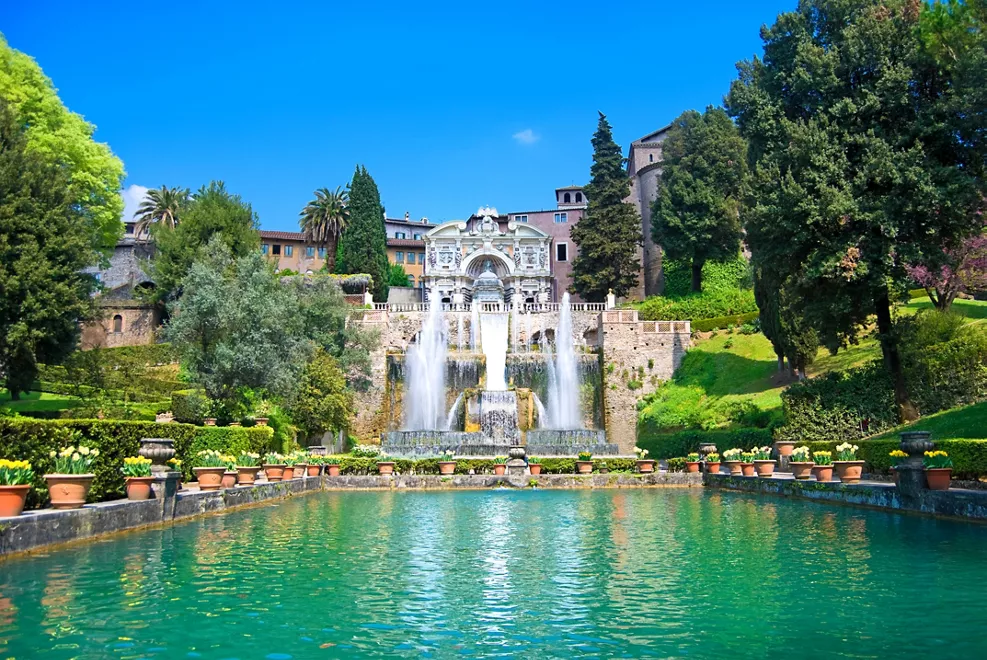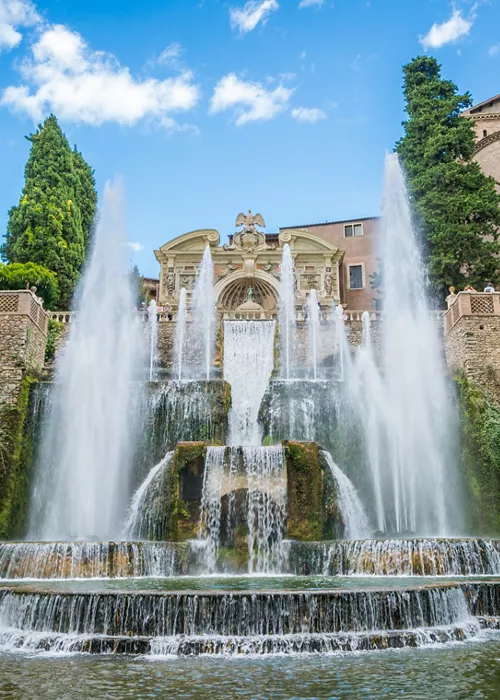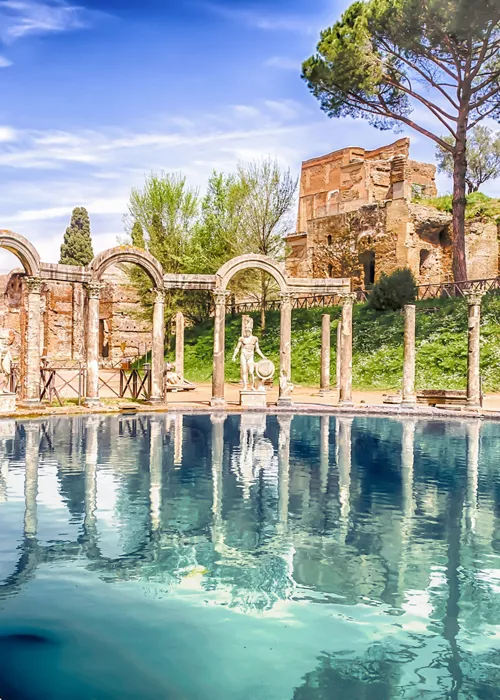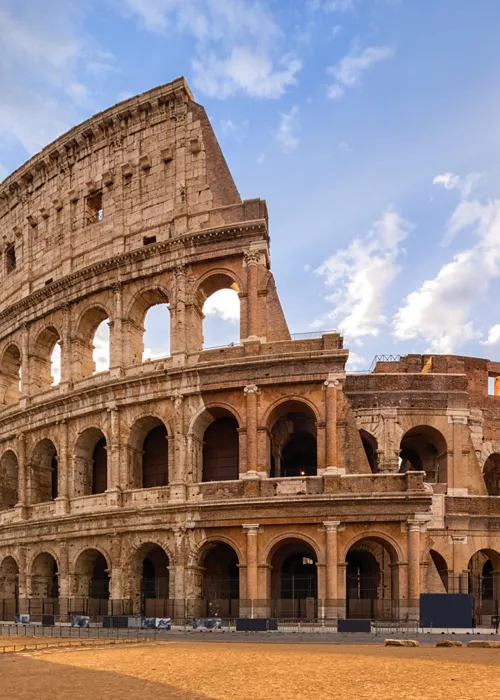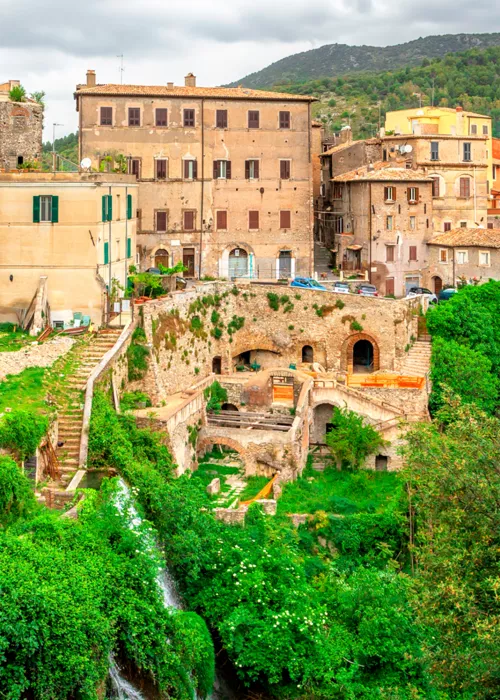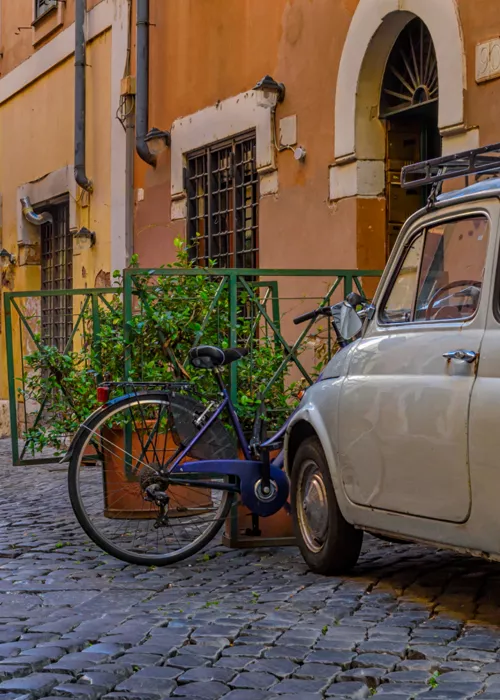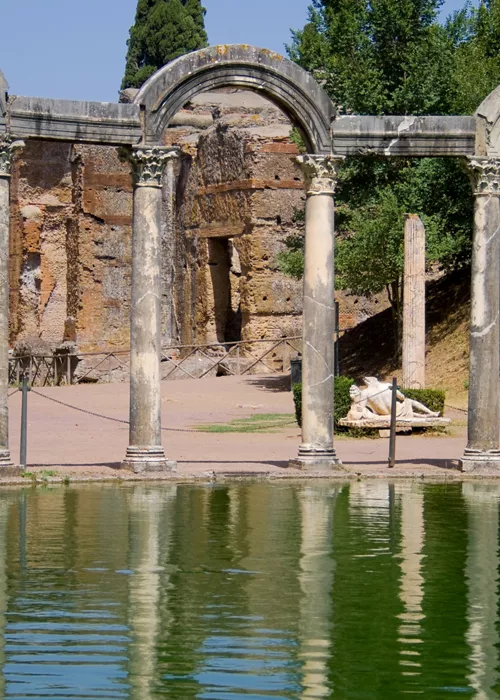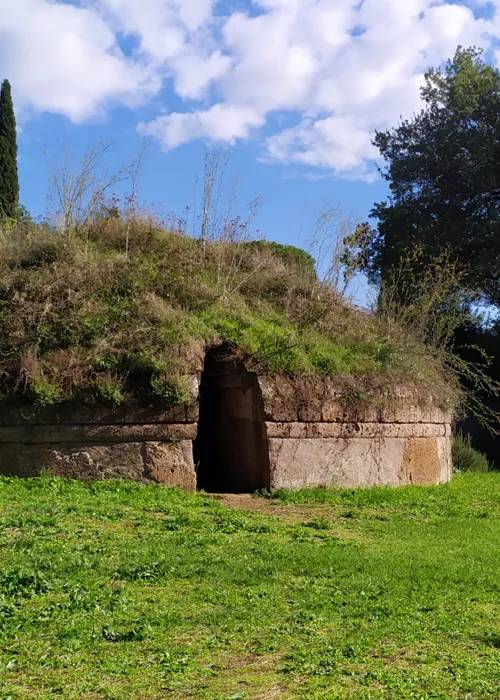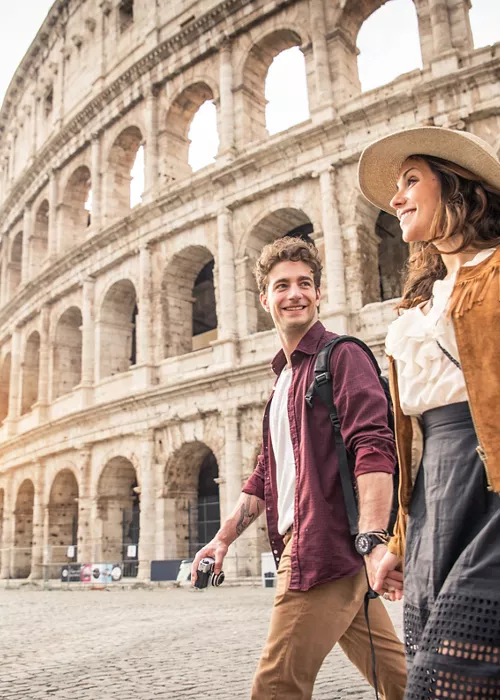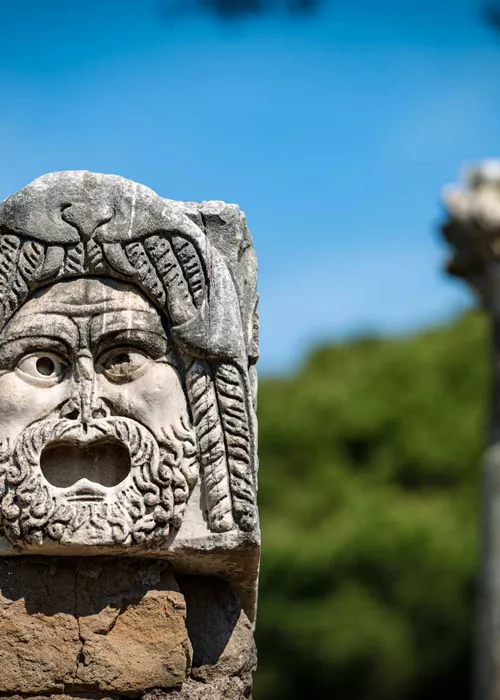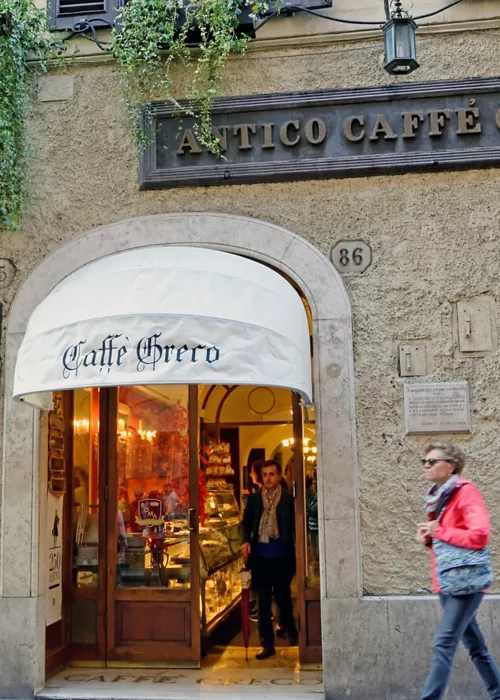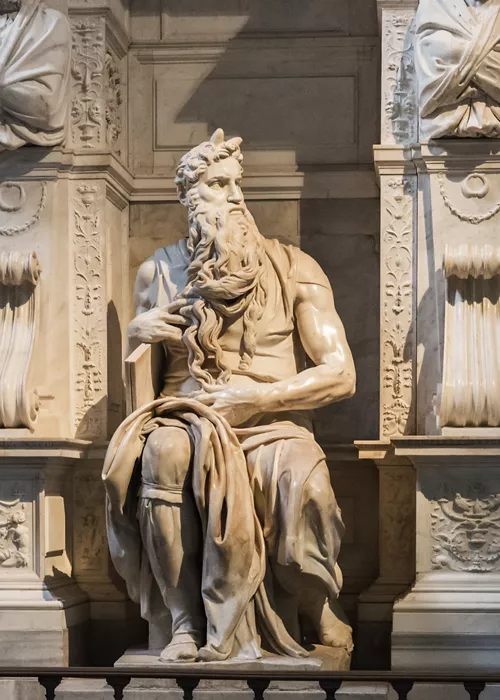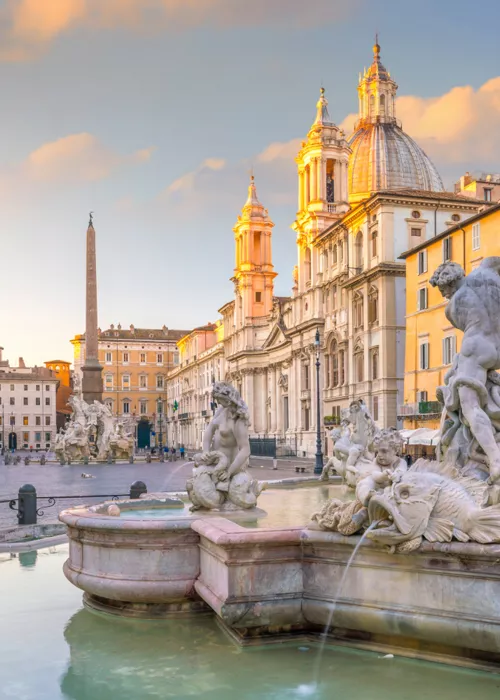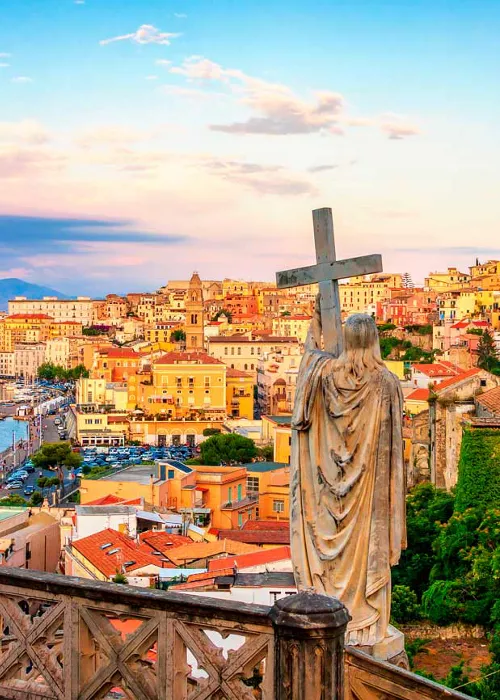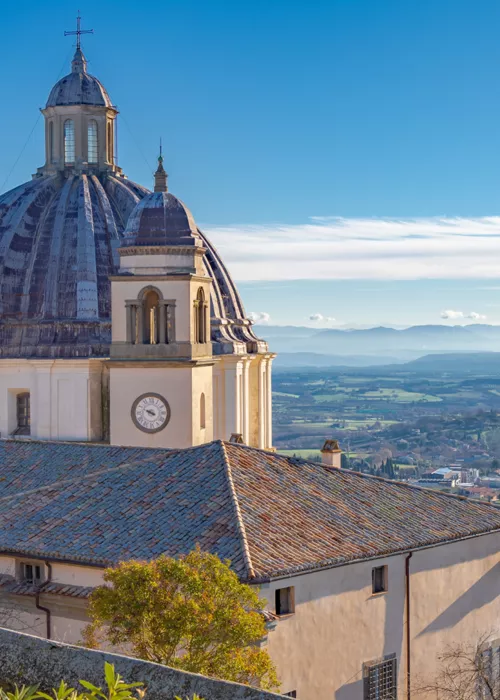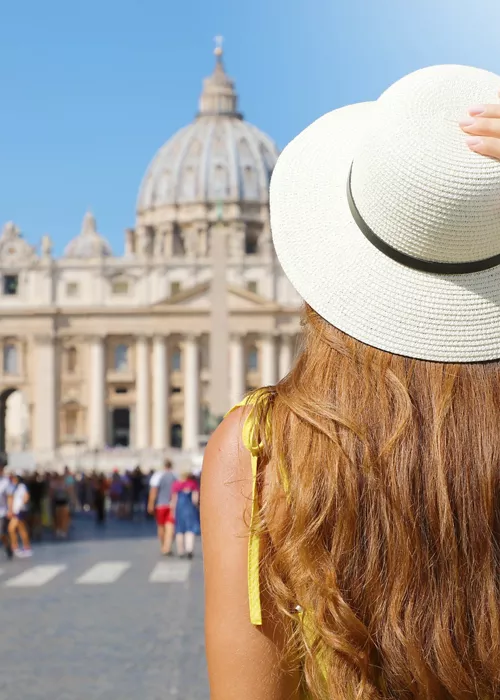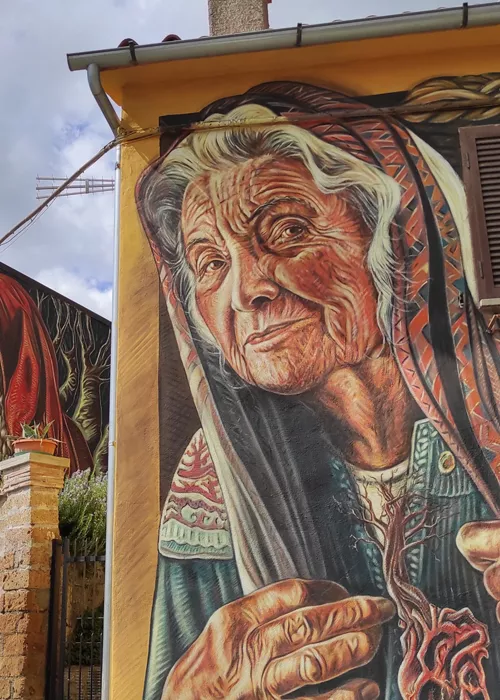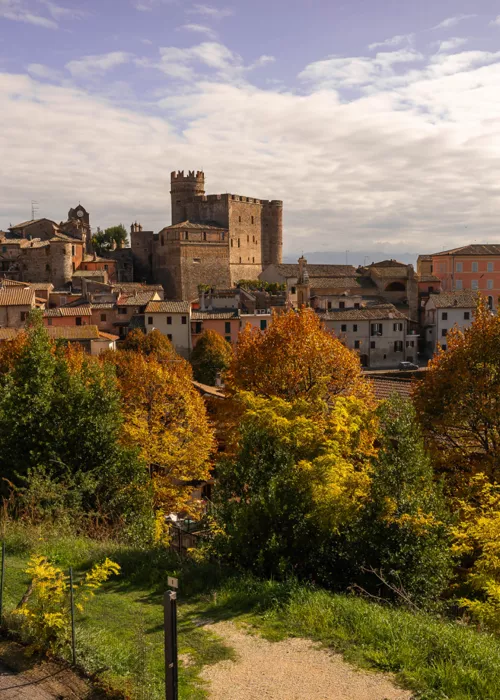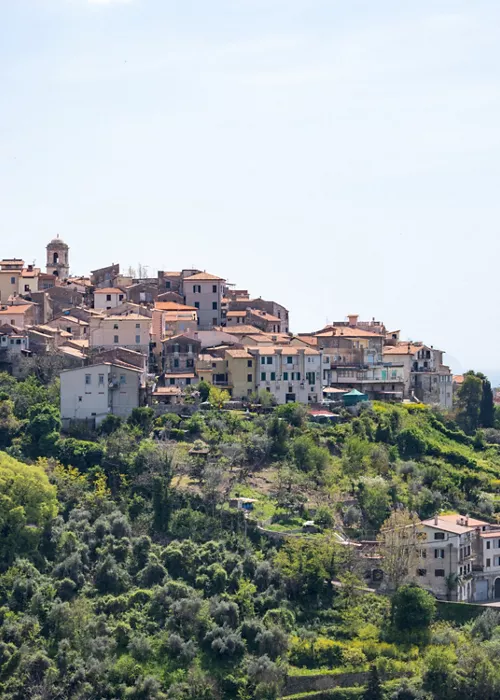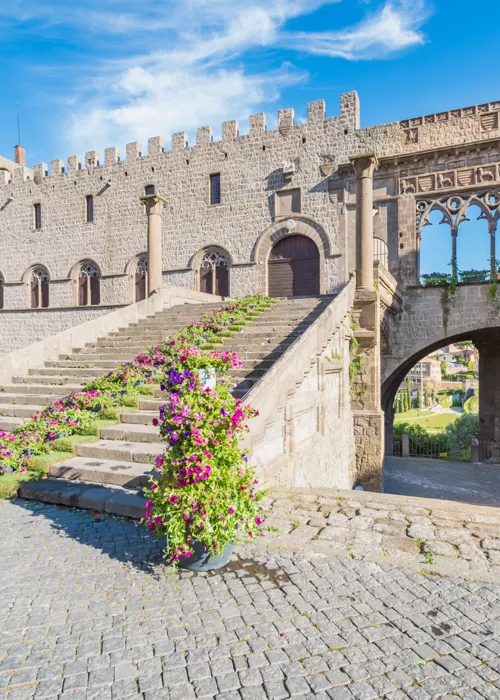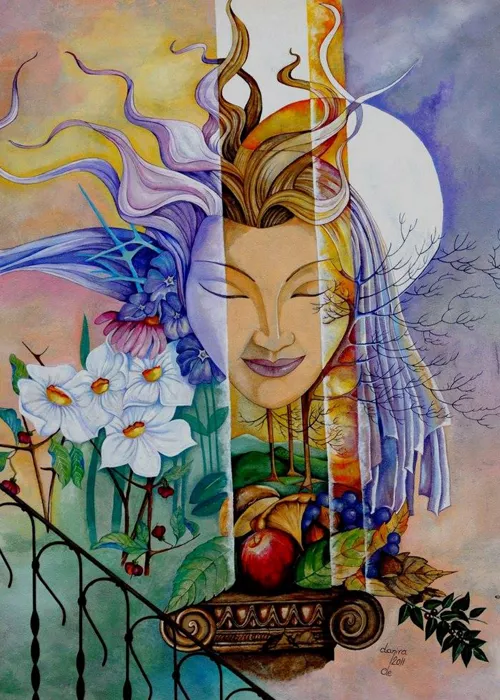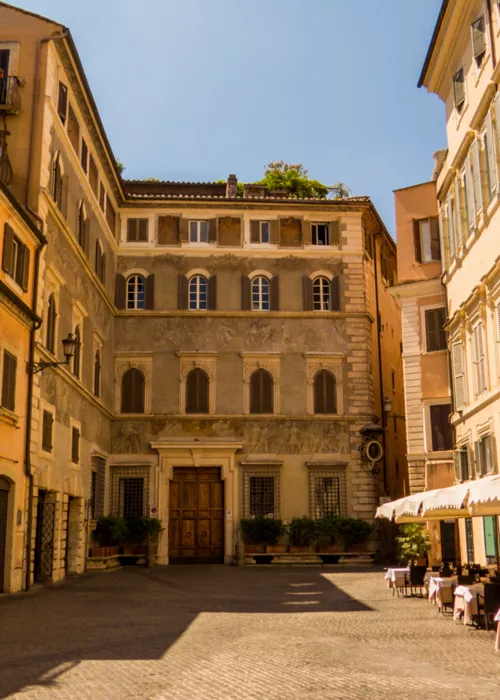Villa d'Este: a triumph of the Renaissance
4 minutes
It is a unique complex that has amazed artists, prelates and illustrious personalities visiting from all over Italy and the world for centuries.
Villa d'Este and where it is located
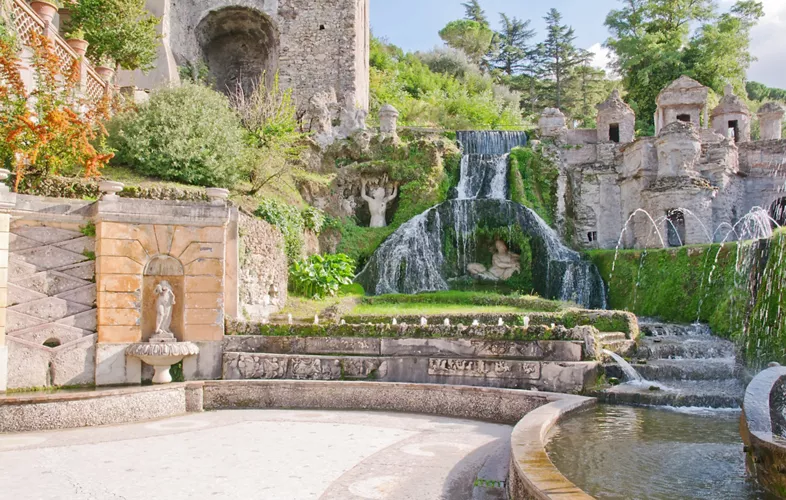
Erected at the foot of the Monti Tiburtini, at the gates of the ancient Roman city of Tibur, Villa d'Este is linked to a whim of Cardinal Ippolito II d'Este, governor of Tivoli from 1550.
Disappointed at his failure to be elected pontiff, the cardinal took inspiration from another historic villa in Tivoli, Villa Adriana, and revived the splendours of the Ferrarese, Roman and French courts in this Renaissance villa.
The villa can be reached in less than an hour from Rome and only a few minutes from the centre of Tivoli. It is located a few kilometres from the other two villas of Tivoli, Villa Adriana and Villa Gregoriana.
History and information on Villa d'Este
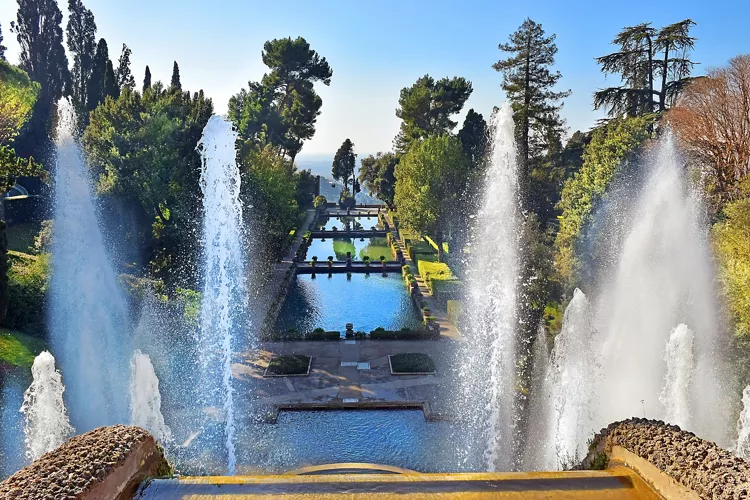
The history of Villa d'Este is linked to the figure of Ippolito II d'Este, son of Duke Alfonso I d'Este and Lucrezia Borgia.
Accustomed to the splendours of the Ferrarese, Roman and French courts, Ippolito II d'Este did his utmost to be elected pope, but after Julius III's appointment as pontiff, he was appointed by the latter as governor for life of Tivoli. When he arrived in the city, he realised that the glitz he loved to surround himself with would remain a thing of the past.
The heir to the d'Este family decided to console himself by commissioning the architect Pirro Ligorio to build the marvellous Villa d'Este with its fountains, grottoes and water features, thus realising his own personal paradise. The construction of the villa continued even after Hippolytus' death.
Why it became a Unesco site
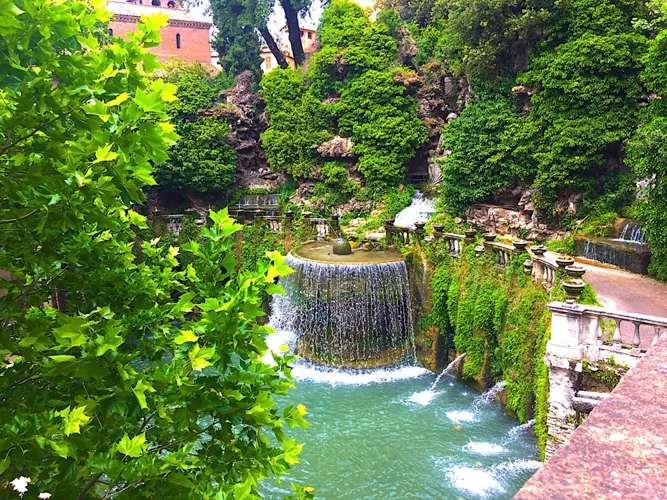
Villa d'Este is one of the outstanding examples of Renaissance culture at its apogee, a masterpiece of the Italian garden with its impressive concentration of fountains, nymphaea, grottoes, water features and water music.
For these reasons, UNESCO listed Villa d'Este as a World Heritage Site in 2001, also recognising how the Baroque and Renaissance architecture of the complex profoundly influenced the development and design of gardens throughout Europe.
What to see at Villa d'Este
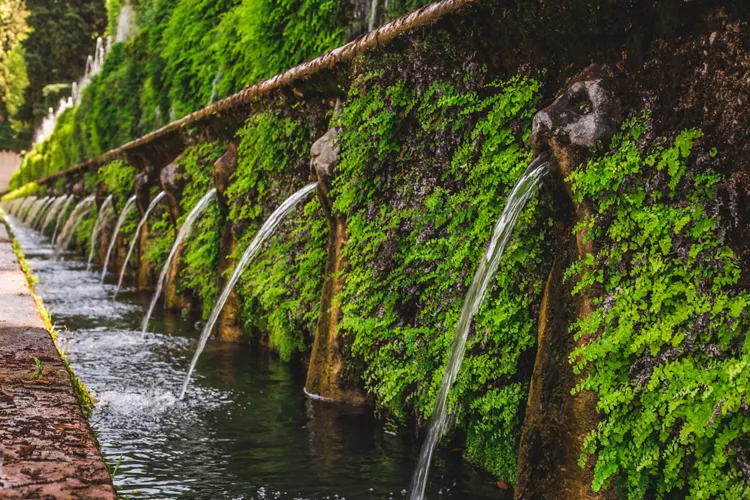
Villa d'Este is truly a magical place, famous the world over for its enormous garden full of fountains and water features that will accompany you throughout your visit. As soon as you enter the site, you will be catapulted into a treasure chest of rare beauty full of different meanings and allegories.
Ippolito II d'Este had declared that he would bring Rome to Tivoli and this is what happened.
The large Ovato Fountain, one of the most famous in the complex, is also known as the Tivoli Fountain and depicts the three rivers rising from the Monti Tiburtini: the Aniene, the Erculaneo and the Albuneo. The three streams continue on three different levels along the majestic Viale delle Cento Fontane, where 100 fountains composed of obelisks, eagles and lilies will lead you to the Rometta Fountain. Just as the three rivers flow into the Tiber, the three streams end in this fountain of Rome that recalls the 7 hills of the capital seen from Trastevere.
The megalomania of Ippolito II d'Este did not stop there. Among the fountains at Villa d'Este is the peculiar Fontana dei Draghi, which has at its centre four statues of dragons spitting water upwards, and the Pegasus Fountain, dominated by a large statue of the mythological winged horse.
The Bicchierone Fountain dates back to a century after the Villa was built. Commissioned from Gian Lorenzo Bernini around 1660, it consists of a large chalice placed inside a shell, an image similar to another great work by Bernini, the Fountain of the Triton in Rome.
What will amaze you even more will be the Fontana dell'Organo, built with a complex hydraulic system that made it possible to hear musical patterns played by the flowing water. Characterised by a Baroque taste that distances itself from the Renaissance style of the Villa, this fountain was commissioned in the late 1500s by Cardinal Alessandro d'Este.
Make yourself comfortable in front of this masterpiece of hydraulic engineering that left even Pope Gregory XIII open-mouthed, so astonished by the sounds that he wanted to make sure for himself that no one was really playing.
The gardens of the Villa d'Este are a paradise in which to lose oneself, but a visit to the site must also include the interiors of the Palazzo d'Este, built on three floors full of Renaissance relics. After appreciating the elegant facade, you will have to walk down the staircase to the large reception hall. Stroll around the palace, taking care not to miss the frescoes decorating the Appartamento Nobile, the Appartamento Vecchio and the Sala delle Storie di Salomone.
And don't forget to look out of the windows to enjoy a unique view of the gardens.
The Villa d'Este complex in Tivoli is a unique example for the creativity of its architectural components and the refinement of its gardens. A visit will catapult you into a fantasy world, and the experience will be unforgettable.

